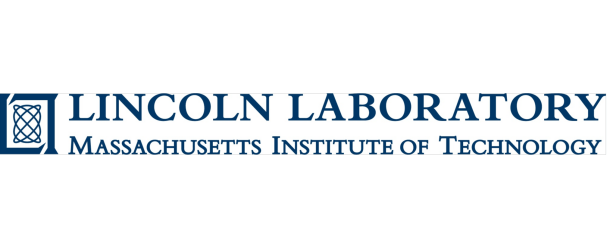MIT Lincoln Lab Researchers Light Up the Ion Trap: Fiber Optics Built Into a Chip for Quantum Computing

(SciTechDaily) MIT Lincoln Laboratory researchers have developed a compact way to deliver laser light to trapped ions. The researchers describe a fiber-optic block that plugs into the ion-trap chip, coupling light to optical waveguides fabricated in the chip itself. Through these waveguides, multiple wavelengths of light can be routed through the chip and released to hit the ions above it.
By using lasers to control ions, scientists have learned to harness ions as quantum bits, or qubits, the basic unit of data in a quantum computer. But this laser setup has been holding research back — making it difficult to experiment with more than a few ions and to take these systems out of the lab for real use.
“It’s clear to many people in the field that the conventional approach, using free-space optics such as mirrors and lenses, will only go so far,” says Jeremy Sage, an author on the paper and senior staff in Lincoln Laboratory’s Quantum Information and Integrated Nanosystems Group. “If the light instead is brought onto the chip, it can be directed around to the many locations where it needs to be. The integrated delivery of many wavelengths may lead to a very scalable and portable platform. We’re showing for the first time that it can be done.”



















